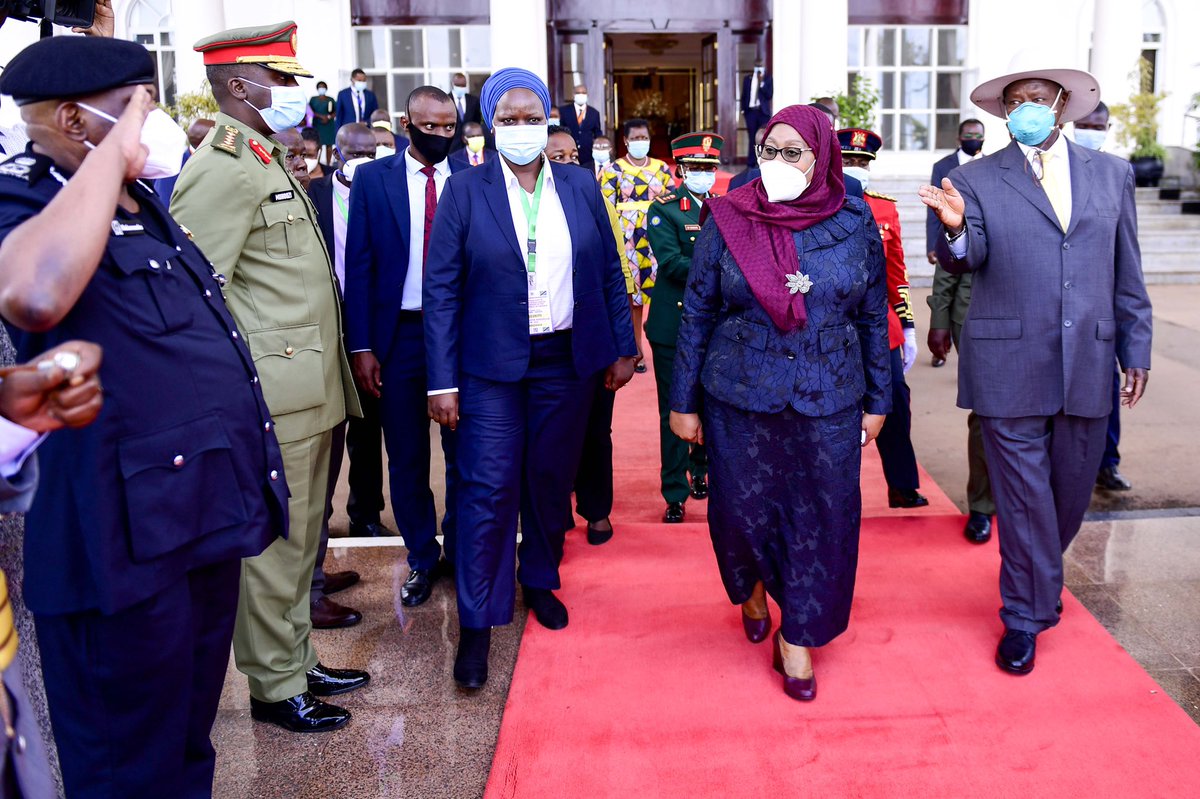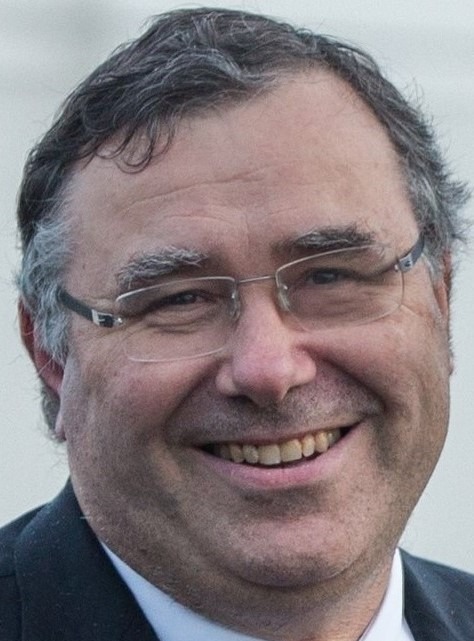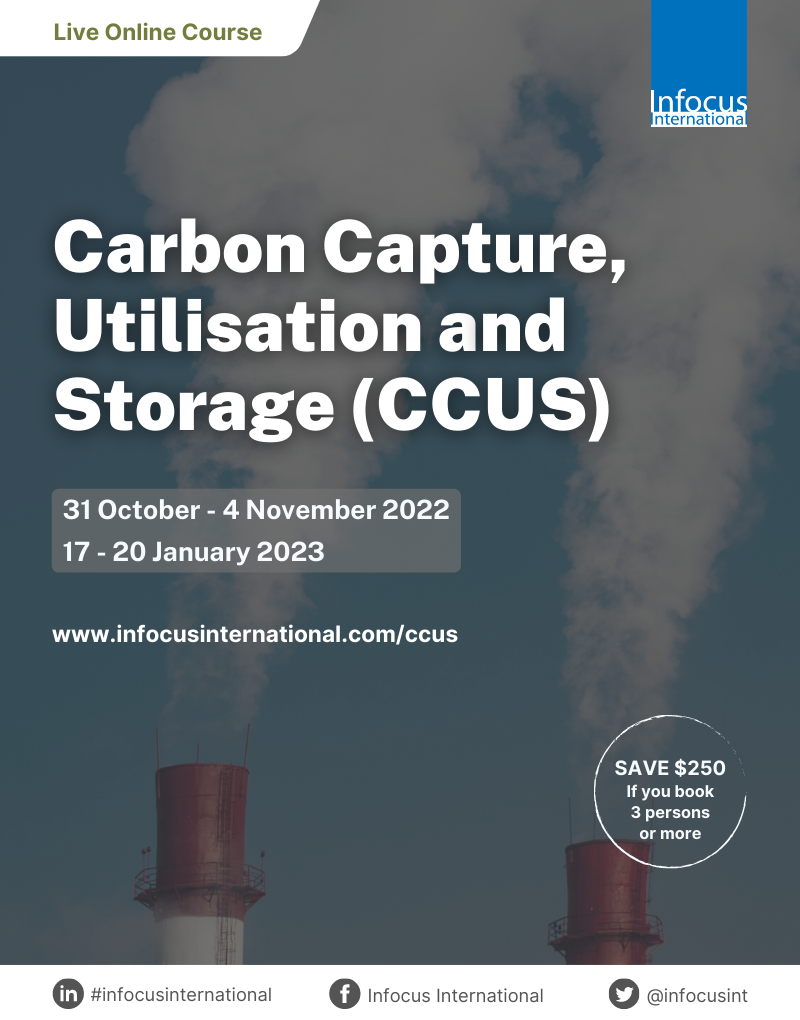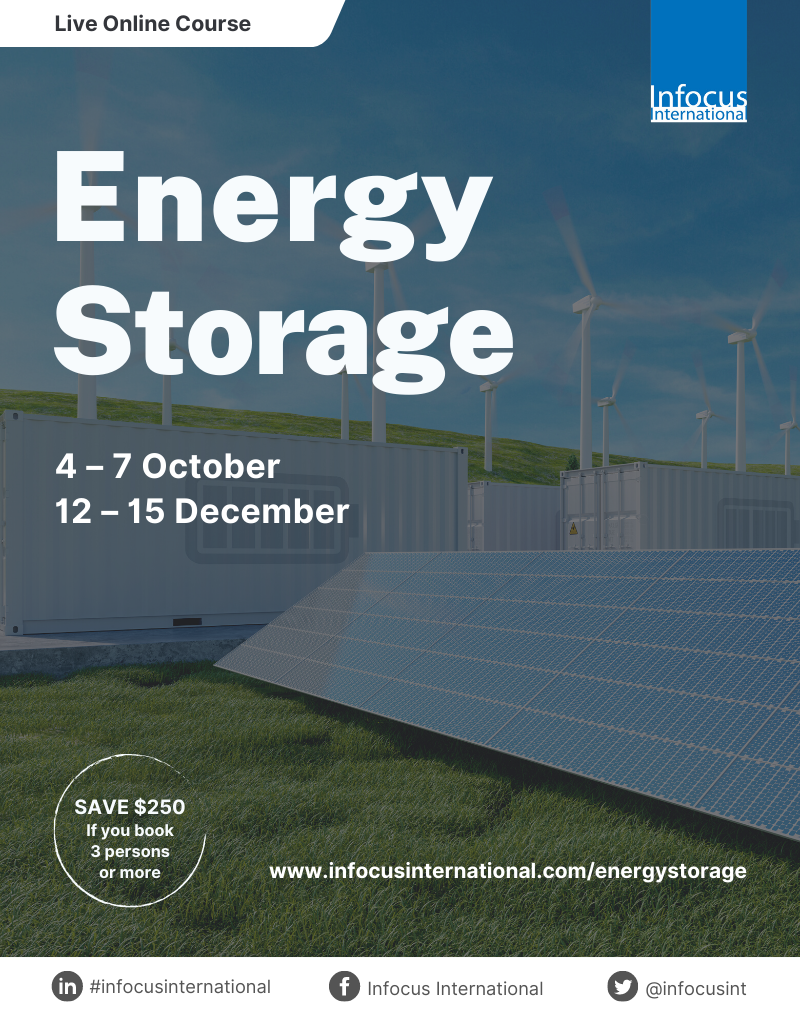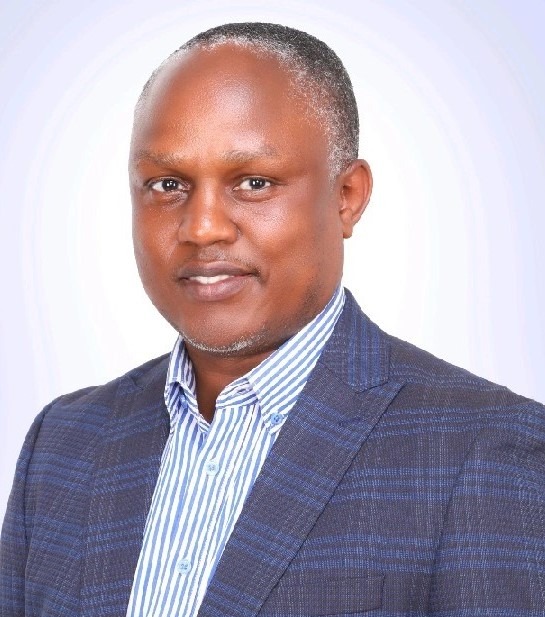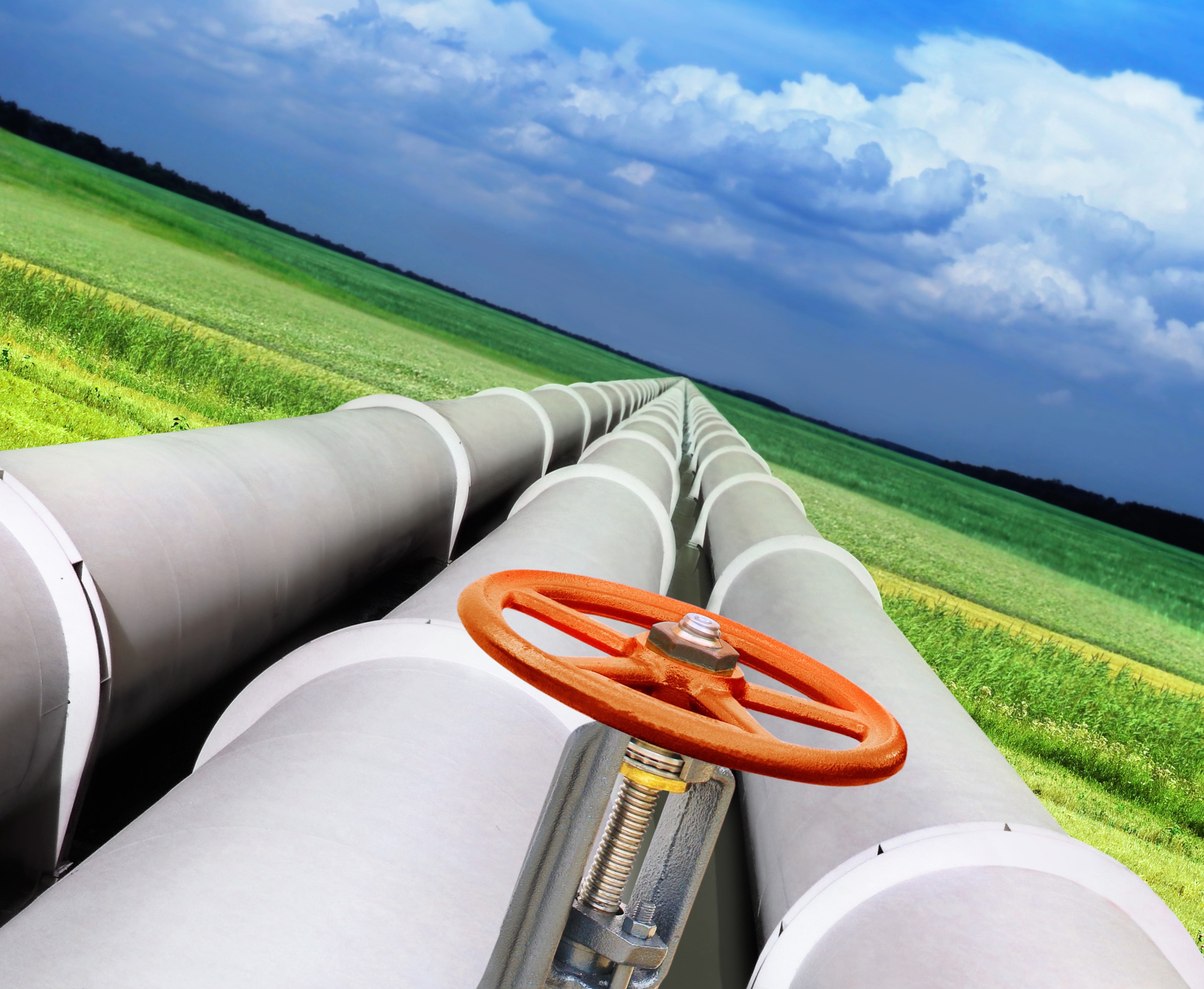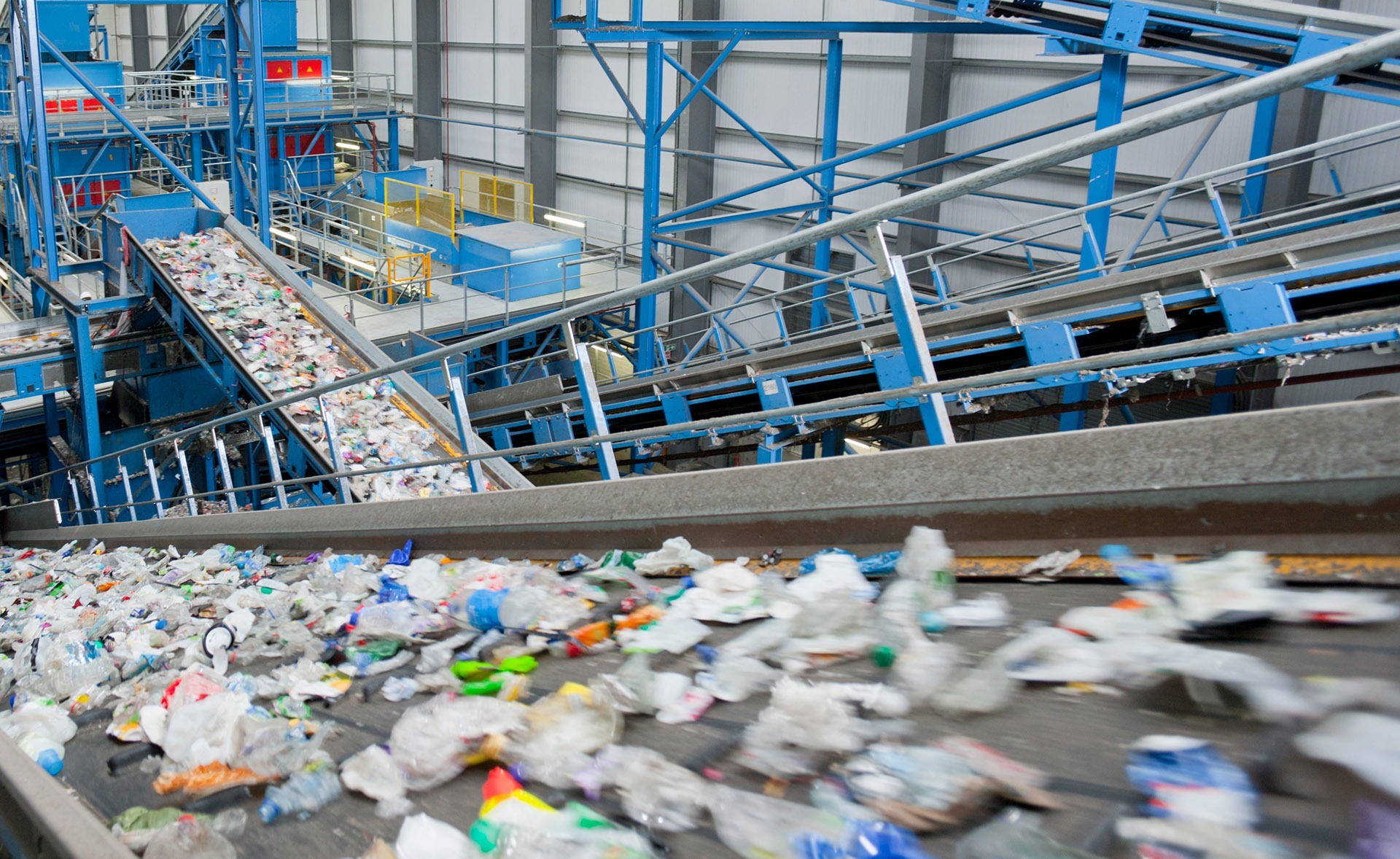The highly billed – and widely reported – signing of the tripartite ownership agreements of the East African Crude Oil Pipeline Project (EACOPP) on April 11 at State House Entebbe, flung open doors to a complete new reality – of infrastructure, economics, geo-politics and strategic issues – for Uganda, East Africa, and Great Lakes Region, with far wide ramifications.
The signing of the agreements by Gorretti Kitutu, Uganda’s Minister of Energy & Mineral Development, Total’s Patrick Pouyanne (for the oil companies) and later Tanzania (to sign back home), means that effective commencement of the oil pipeline is now in sight, pending the final investment decisions which are now just around the corner. It is the clearest sign yet, that Uganda’s oil reserves, whose commercial value was confirmed in 2006, has real chances of seeing the light of day. The signing was overseen by President Yoweri Museveni and Tanzania’s Samia Suluhu Hassan.
The devil in the detail
But beyond the state visit rituals, diplomatic banter and smiles for the cameras, the devil as they say, is in the details. The brief and curt speeches made by the principals at the signing gave inklings of the real issues at stake that faced and shaped the process leading up to the signing, but will also continue to shape the geo-political and strategic interests both at home, in Uganda and the great lakes region, going forward.
More than anybody else, President Museveni probably gave away more. In his five page speech, President Museveni disclosed that that the construction of both the refinery and the crude oil pipeline was a compromise position. The Infrastructure Magazine has in the past widely covered the protracted negotiations on whether Uganda should take the refinery or the pipeline direction.
While President Museveni – and the Government of Uganda – initially pushed for only the refinery, the oil companies (Tullow, Total and CNOOC) wanted just the pipeline to deliver the crude to the coast for export. In his speech, President Museveni explained his rationale and its political undertones. He said that with the refinery in Uganda, the country would be able to supply refined products – at a cheaper price and lower transport costs – to a good chunk of the Great Lakes region hinterland: Uganda, North Western Tanzania, Western Kenya, Rwanda, Burundi, Eastern Congo, South Sudan and South Western Ethiopia, whose current oil demand is estimated at 98,250 barrels per day. If this comes to pass, this will automatically put an end to the long-haul trucking of fuel, especially from the coast in Mombasa to East Africa’s heartland, which is a big source of revenue to Kenya.
Why Tanga won
But more importantly, Uganda’s last minute change of route for the pipeline from Lamu in Kenya to Tanga in Tanzania in 2017, was a game changer in East Africa’s geo-politics and economic map re-drawing.
The Infrastructure Magazinehas in the past covered the story of the protracted negotiations on whether the pipeline should go to Lamu or Tanga. Now we know that apart from being more expensive (US$18 per barrel, as compared to Tanga’s US$13), Lamu lost the deal because of some “sentimental” reasons Uganda has over Tanzania (hence the decision for Tanga). It is that Tanzania played a role in Uganda’s liberation struggles in 1979 and in 1986. The pipeline, President Museveni said, was a small “thank you” for the people of Tanzania for their contribution to Uganda’s liberation – and also in the Pan-Africanist spirit (another sentiment) for Tanzania’s support to liberation struggles in: Angola, Mozambique, Zimbabwe, South Africa, Namibia.
In other words, while both Kenya and Tanzania are “brother countries,” for their contribution to the liberation efforts, Tanzania draws more sentimental feelings in Uganda than Kenya, whose brotherhood is based on just being a sibling- and commerce. Of the 1,440 km of pipeline under EACOP, just over 1,100 will be in Tanzania.
Moreover, the decision to route the pipeline down south – will likely attract more investment in that direction. Because Uganda’s biggest infrastructure project so far (US$3.5 billion pipeline) is facing South, the country will likely be putting more money where her mouth is. President Museveni is already talking about considering a return gas pipeline that can bring gas from Southern Tanzania and Mozambique to the Great Lakes region. There is no doubt that if, these infrastructure developments happen, then the Dar route to the Sea will pick up and will become Uganda’s business favourite. Currently, Uganda is the biggest market for Kenya’s Mombasa port.
Furthermore, President Museveni said, the idea is to attract South Sudan (currently routing its oil through Khartoum controlled territory) to re-route her crude to the sea southwards through EACOP. Similarly, the idea is to interest the DR Congo when it starts extracting its Albertine oil, to use the pipeline. These on top of a potential pipeline bringing the soon to be confirmed oil from Kadam (Karamoja region) to the EACOP, making the idea of the pipeline even more strategic. When this happens, Uganda will become a hub of oil extraction, crude transportation to the coast and refining in the region. If this is not redrawing the economic architecture of the region, then we don’t know what it is. Although the world is moving away from the use of carbons, it is estimated that use of oil for firing equipment and economies will still be in use for the next 30-40 years.
At home
On the home turf, Ugandan business is busy positioning itself for the oil spoils. Government entities, trade associations and chambers are on the ground mobilizing their members to prepare for the upcoming oil windfalls. This is expected to drive Uganda’s economy to look up and fasten the country’s drive to the middle income status. When all investments come to fruition, and local content benefits are harvested and the country avoids the Dutch disease and conflict, the oil, expected to last some 40 years, will see Uganda transform economically for the better. This will reposition Uganda as a political actor in the region. The oil is therefore going to be a key factor that will shape Uganda’s domestic politics in the coming years.
It is not farfetched to argue that for the next several years, the geo-politics from the infrastructure decisions and investment on EACOP and its economic ramifications will continue to shape relations between Uganda and Kenya, Uganda and Tanzania, but also Uganda and other countries in the Great Lakes region; as well as Kenya with other countries in the region, including Ethiopia in years to come. This single decision of routing the EACOP has potential to redraw the map of East African commerce and business.
The Environment
The other sticking issue that is likely to become the commonplace in Uganda is the social and environmental agenda. In his remarks at the signing, Total’s Patrick Pouyanne, in passing made a veiled response on the issue of social and environmental safeguards. He said, “The Tilenga development and EACOP pipeline project are major projects for Total and are consistent with our strategy to focus on low breakeven oil projects while lowering the average carbon intensity of the Group’s upstream portfolio. These projects will create significant in-country value for both Uganda and Tanzania…Total is taking into the highest consideration the sensitive environmental context and social stakes of these onshore projects. Our commitment is to implement these projects in an exemplary and fully transparent manner.”
This is one of the several endeavours by Total to fight off “blackmail” and criticism by environmental activists over alleged social and environmental affronts by the project. Recently, Nicolas Terraz, Vice President Total E&P Africa published an op-ed assuring stakeholders of their acute consciousness of the social and environmental factors in the project and reiterating Total’s commitments to observe the highest standards in developing the projects.
Similarly, just a few week ago, Anita Kayongo, Total E&P, publicist in Uganda made a similar defence and assurance of the high standards that they intend to deploy to ensure that the social and environmental harm is not done to the communities and habitats where the oil infrastructure will be built.
Try as they might to explain, Total must remain acutely aware that the issue of environmental and social concerns will not go away anytime soon.
The pipeline is planned to pass through the middle of Uganda’s and East Africa’s heart- across the national parks, among other prime ecosystems. An international environmental NGO lobby have already mounted a campaign against the pipeline arguing that it will destroy some of the country’s priciest environment. A group calling itself StopEACOP is on the ground, on a global campaign to undermine investment in the pipeline.
For example, recently, a group of 263 NGOs belonging to this group – including Friends of the Earth International, 350.org, Catholic Overseas Development Agency, Reclaim Finance, Sierra Club, Global Witness, IUCN National Committee of the Netherlands, BankTrack, African Institute for Energy Governance and Inclusive Development, among others, launched a campaign to target potential financiers of the EACOP to stop making their finances available to the project. They argue that the pipeline will “displace communities, endanger wildlife and tip the world closer to full-blown climate catastrophe.”
The campaign has been targeted at global financiers lined up to provide the US$3.5 billion required for the pipeline, including Credit Agricole, Société Général, JPMorgan Chase, MUFG, Standard Chartered, HSBC and Mizuho.
Because of this, and fearing to “soil” its reputation with the EACOP, Standard Bank of South Africa (Stanbic) announced suspension of its earlier commitments to providing financing of aspects of the pipeline, as they await social and environmental impact assessment reports from an independent firm that they themselves have contracted to undertake the assessment.
The Infrastructure Magazine could not easily establish if the other financiers targeted by this campaign have taken any positions on the matter.
However, it is very unlikely that the Government of Uganda will yield to such campaigns, as President Museveni’s Government is likely to push back given the strategic interest to the country of its oil development, the anticipated and long awaited economic benefits to the country, but also the progress that has been made towards realizing the oil dream.
Very high chances are that the oil projects will proceed to completion as planned under the guard of the Government of Uganda. However, that will not remove the prowling eyes of the environmentalists on Uganda’s nascent oil industry. For the coming years, we can only expect that the green advocates will continue this combative path against the oil projects (and God forbid any environmental accidents that may occur). Like the River State ( Ogoni region) of Nigeria, Uganda’s oil industry will continue being in the eye of the storm with the environmentalists for an unforeseeable future.




